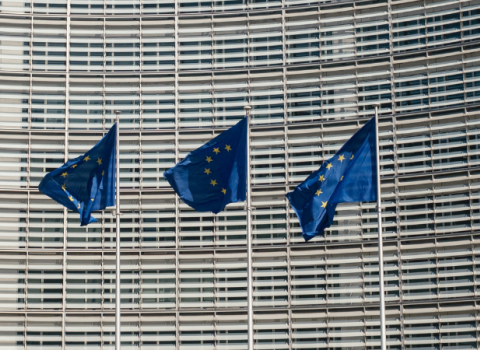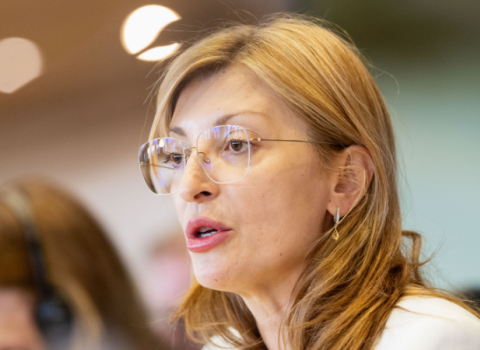
The Commission should also put more focus on the private sector, and the non-European research systems, say the two bodies in a joint submission filed in response to Science and Research Commissioner Janez Potočnik’s call for public comment and recommendation for the Green Paper on the ERA.
The EUROHORC/ESF recommendations
Develop a concerted vision for steering scientific research in Europe through coordinated foresight exercises
Establish more bottom-up, researcher-driven programmes
Introduce a new funding mechanism for linking the Research Performing
Organisations under the EU Research Framework
Develop cooperation schemes beyond the borders of the ERA towards a global research area
Develop programmes for early stage researchers
Pursue closer collaboration on PhD training programmes
Create more public–private funding partnership sources
Develop closer interactions with the universities
Develop schemes where the money follows the researcher and the money follows cooperation
Enable scientists in EU countries to apply to the funding agencies in any EU country
Establish or extend medium-sized infrastructures
“The analysis presented in the Green Paper is a good start, but ignores important partners and misses promising opportunities, considering that more than 90 per cent of public R&D funding occurs at national level,” added Marks.
High-profile attack
This criticism follows another high-profile attack from the League of European Research Universities (LERU), which hit out at the Green Paper for lacking in vision and building too strongly on the existing framework.
“A truly visionary document would have analysed and questioned the prior assumptions on which current policy and practice are based. Unfortunately the Green Paper didn’t achieve that,” said LERU.
In their response EUROHORCs and ESF say that the EU should inject more resources into basic research through programmes such as the European Research Council (ERC), move to reduce the EU’s bureaucracy and put pressure on its member states to remove the still abundant barriers to the mobility of researchers.
“National players including research funders and research performers on the one hand, and governments on the other, have to implement a common strategy to increase their efforts to remove the institutional barriers such as the shortage of human and monetary resources, to adopt common peer review systems, to implement jointly funded schemes and ease the sharing of research infrastructure,” commented Pär Omling, President of EUROHORCs.
“The main aim […] is to fund excellent scientific projects in a transparent and fair manner. Only with this base will it be possible to establish a successful and competitive European Research Area,” said Marks. “It is essential to involve all stakeholders of science and science strategy in Europe, thereby also including the private sector in its function of funding and executing research, contributing more than half to the total expenses of R&D in Europe.”
Obstacles for women
In a separate statement the European Platform of Women Scientists welcomed the fact that the Green Paper raises the issue of researcher mobility but noted that obstacles to mobility are especially high for women, who have childcare responsibilities and are also more likely than men to forfeit their own career prospects for the mobility of their partner.
To address this the ERA programme should introduce measures such as requiring employing institutions to help find jobs for partners of researchers and provide assistance such as childcare facilities.





 A unique international forum for public research organisations and companies to connect their external engagement with strategic interests around their R&D system.
A unique international forum for public research organisations and companies to connect their external engagement with strategic interests around their R&D system.